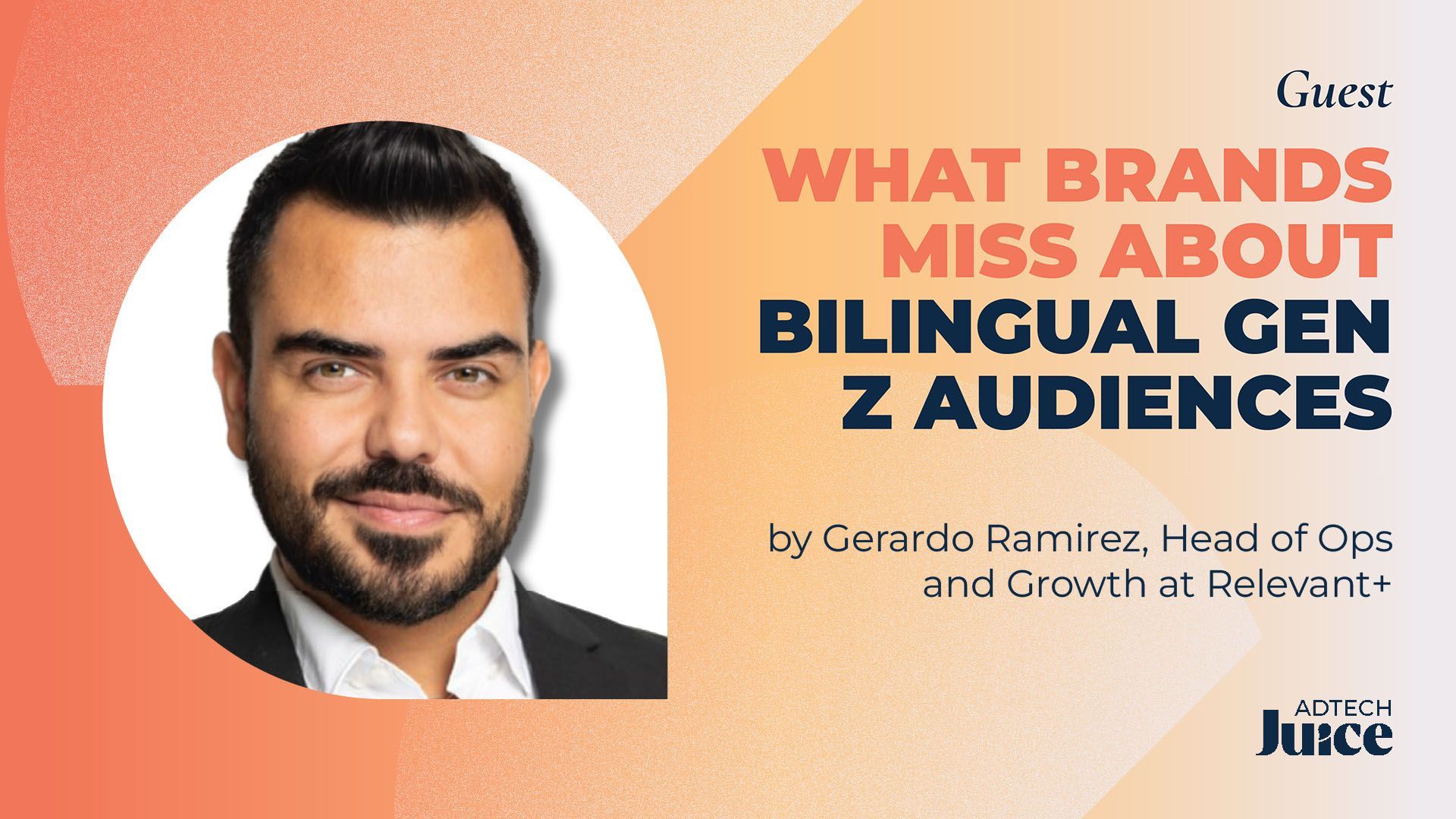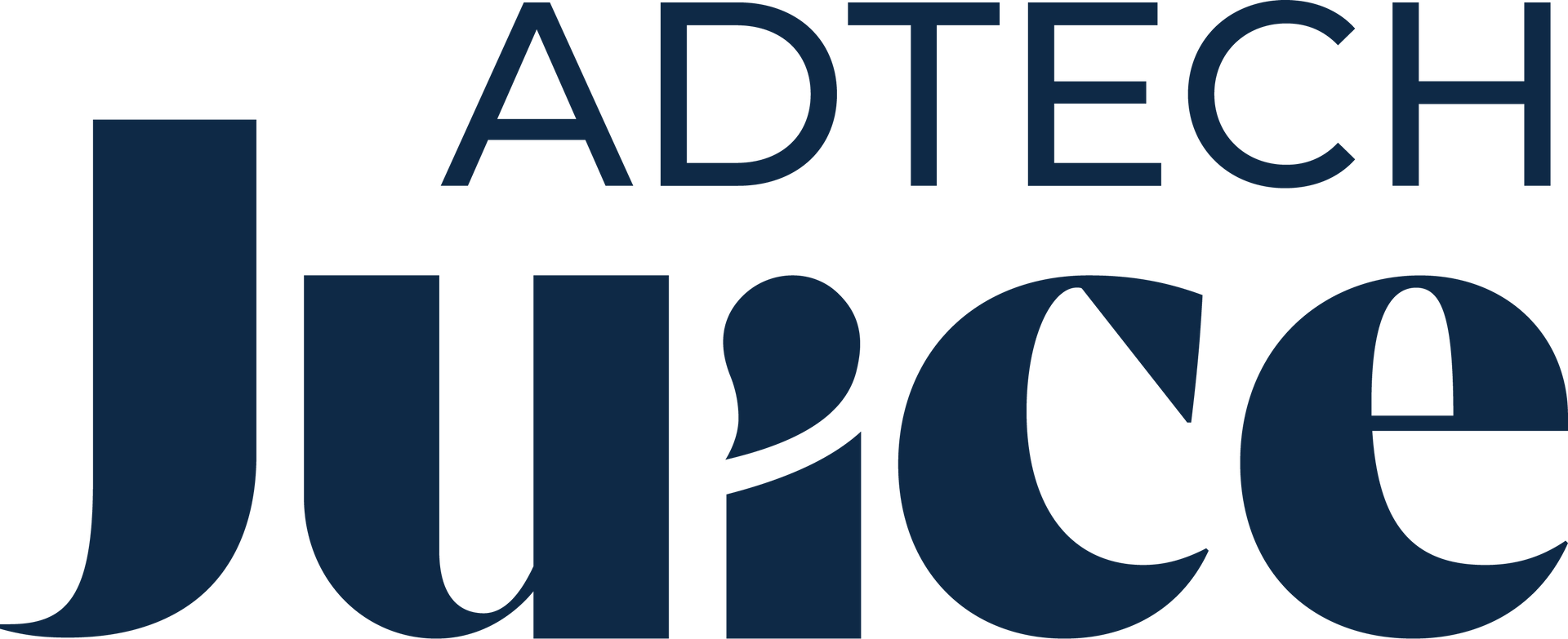What Brands Miss About Bilingual Gen Z Audiences (and How Data-Driven Storytelling Can Be Their Secret Weapon)
Reaching the right audience is about precision, nuance, and storytelling that resonates. In this article, Gerardo Ramirez, Head of Ops and Growth of Relevant+, dives deep into the US Hispanic audience and shows how data-driven storytelling can unlock powerful connections. The lessons apply globally: whether you’re targeting a niche or a mainstream segment, weaving insight with creativity is what makes campaigns truly click.

Bilingual Gen Z is one of the most influential, fastest-growing segments in the United States, shaping cultural trends that extend far beyond their own communities. Yet for all their cultural and economic influence, this audience remains misunderstood. Bilingual and bicultural programming is driving engagement rates up to six times higher than industry benchmarks. According to Santiago Solutions Group, half of Hispanic Gen Z often use Spanglish with family and friends, compared to 40% of Millennials and roughly 24% of Gen Xers and Boomers. They actively seek out content that reflects their dual identity across streaming, music, and advertising, but language alone is only part of the equation.
Translation Isn’t the Same as Connection
Where many brands miss the mark is by focusing narrowly on translation, taking an English ad and rendering it into Spanish word for word, without consideration for humor, cultural nuance, platform dynamics, IRL and online cross-over or real-world touchpoints and generational gaps, your grandparents, vs parents vs millennials are not all the same.
The gaps go beyond language. This generation’s media habits are shaped by a cultural context that is often ignored, seamlessly moving between quoting Bad Bunny lyrics in Spanglish, sharing memes that blend cultural nuance, and bingeing both English-language thrillers and Spanish-language comedies without skipping a beat. Campaigns that fail to reflect this complexity risk feeling one-dimensional, while those that tap into shared cultural references, inside jokes, and timely moments send a more powerful message, we see you, and we are you.
Culture First, Channels Second
Brands also miss opportunities by underestimating the importance of where and how this audience engages. Digital and mobile-first, Hispanic Gen Z lives in spaces that are interactive, participatory, and community-driven, with engagement peaking during cultural tentpoles like Latin music festivals or moments of collective pride. Yet many campaigns still rely on outdated channels, generic creative, or miss the opportunity to connect in person at events that matter most to them.
The Multicultural Silo Problem
Organizational structures often compound the problem. In many companies, Hispanic outreach is confined to a siloed “multicultural” team with limited budget and influence, separated from the general market strategy despite Hispanic Gen Z actively shaping what “mainstream” culture looks like. And even when the work is done well, the proof of performance is too often overlooked. The data already shows that ads blending language, cultural cues, and relevant touchpoints outperform monolingual creativity on relevance, trust, and purchase intent, yet those results rarely lead to sustained, scaled investment.
Data is Culture’s Cheat Code
This is where data-driven storytelling becomes the ultimate differentiator. With third-party cookies disappearing, first-party data has become the most valuable tool for understanding and reaching bilingual Gen Z. It can reveal language preferences, platform behaviors, content formats that spark engagement, and cultural moments that drive spikes in activity. Imagine not only knowing that bilingual memes outperform monolingual ones by 40%, but also understanding that engagement peaks during Latin music festival season or around major sporting events. That insight is not just information, it is a strategic advantage. Technology can unify audience data from streaming, social, and owned channels, surfacing patterns that inform both creative and media strategies. Without the infrastructure to interpret these insights, brands risk missing the exact moments when their message could matter most. Data without action is just numbers; data paired with cultural fluency becomes a roadmap. And brands that excel with bilingual Gen Z follow this roadmap. They micro-segment instead of treating the audience as one block. They map creative to cultural moments, from concerts and global sporting events to niche online trends like the coffee rave subculture. They maintain a consistent bilingual voice across channels, adapting format but never diluting identity. And they test relentlessly, comparing bilingual, monolingual, and hybrid creative to see what truly resonates, then scaling the winner.
Brands that get it right understand this intrinsically, because they weave in authentic cultural cues instead of relying on language swaps alone. Take Netflix’s bilingual originals like Narcos and Gentefied, or Spotify’s hybrid playlists, even Relevant+ “Beats Per Mile” as a few examples of campaigns that fully integrate cultural depth. These brands are not just speaking in two languages, they are speaking in two worlds at once, across the right channels, at the right moments, with the right tone.
The Future Is Bilingual. The Future Is Culture
The future of marketing to bilingual Gen Z is not about choosing between languages but recognizing that this audience is multidimensional, living fully in the space where both cultures coexist and where real conversations happen. They do not switch identities depending on the setting; they embody them simultaneously. The brands that meet them there, armed with the right data, cultural fluency, nuanced creative, and the right media partners who understand how to turn insight into impact, will create work that is not only seen but remembered, fostering the kind of long-term affinity and loyalty that extends far beyond a single campaign.
Gerardo Ramirez
Head of Ops and Growth at Relevant+
Gerry Ramirez is the Head of Operations and Growth at Relevant+, where he leads cross-functional teams, drives organizational scale, and helps shape how to deliver impact across platforms and partnerships. A culture-forward expert with over a decade of experience, specializing in building systems that connect brands to multicultural audiences across the digital landscape, helping startups grow to $60MM+ in revenue, delivering award-winning campaigns for brands like Coca-Cola and Capital One, and shaping ecosystems that reflect where culture is going.


